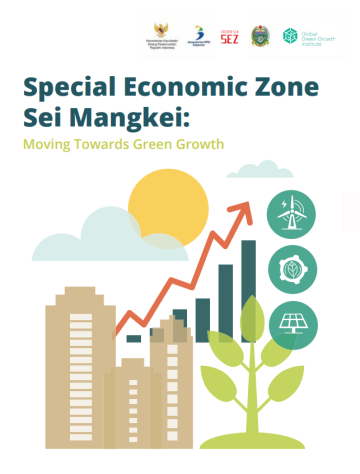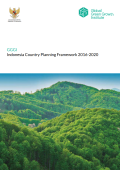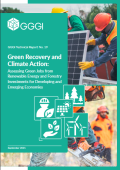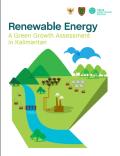
The Government of Indonesia (GoI) in close collaboration with GGGI strives in developing bankable green infrastructure projects. Indonesia’s substantial infrastructure needs will drive investment and growth in the next five years. Specifically, efforts to establish SEZs throughout the country have stepped up to support regional economic growth and industrial development by using local resources. Ambitious plans to develop SEZs across Indonesia highlight the importance of applying green growth principles in these processes to ensure lasting environmental and social impacts.
In supporting the government to attract green investment flows into SEZs, GGGI conducted a green growth assessment study for Sei Mangkei, North Sumatra, to scope out investment opportunities and screen potential projects for further development into eligible bankable green projects using the method of extended Cost Benefit Analysis (eCBA).
The Government of Indonesia (GoI) is committed to develop SEZs to support investment and economic growth. By 2019, the GoI aims to have 25 SEZs across the country, including Sei Mangkei. Sei Mangkei is an SEZ located in Simalungun District, North Sumatra Province that covers 1,984 ha. It was established under Government Regulation No. 29/2012. Major activities are planned for the SEZ Sei Mangkei in the form of palm oil and rubber downstream industry, along with supporting activities such as utilities, logistics, and various other industries, as well as tourism. The SEZ Sei Mangkei is expected to produce fatty acids, fatty alcohol, surfactants, biodiesel, and biogas.
The government’s lead agency for coordinating the development of special economic zones, the National Council for Special Economic Zones (DN KEK), collaborates with GGGI to develop bankable green infrastructure projects in SEZs, especially in relation to renewable electricity generation, land use/forestry sector and basic infrastructure (such as waste and water management). There are significant opportunities to re-design existing projects within operating SEZs to generate better green growth outcomes and influence the overall design of SEZs in the earliest planning stage.



